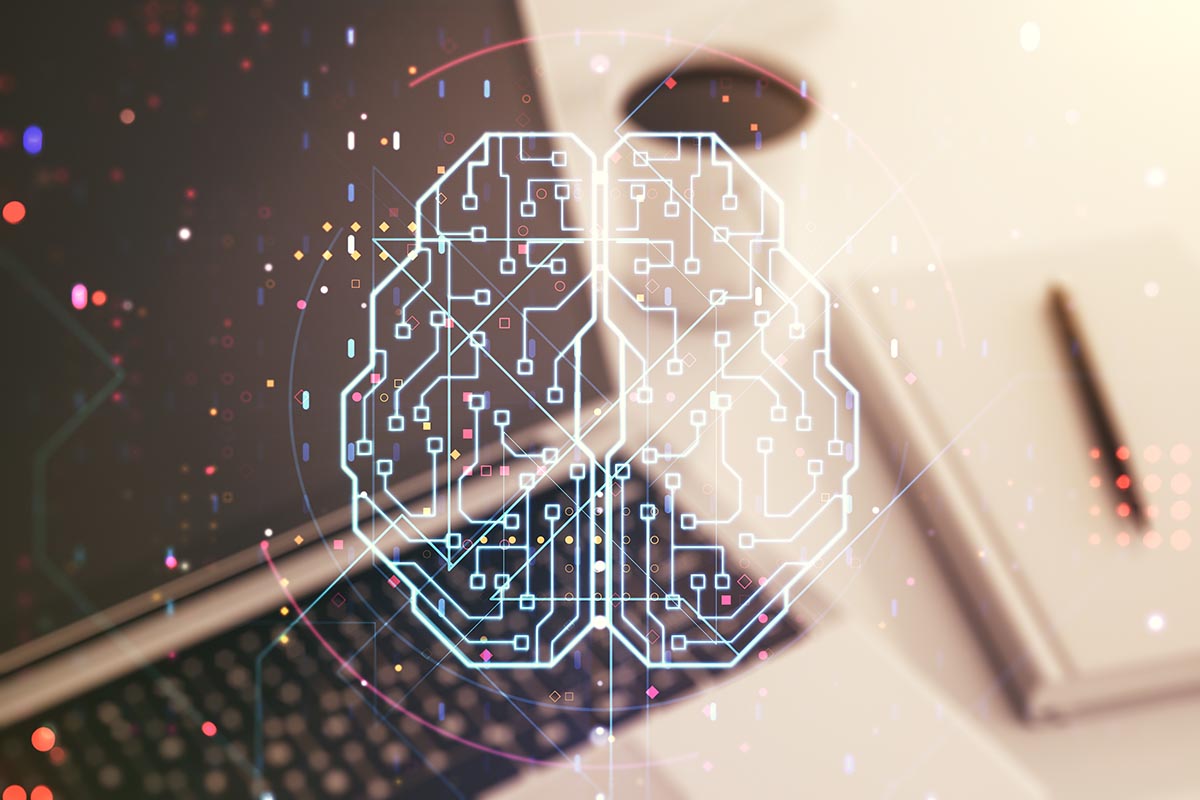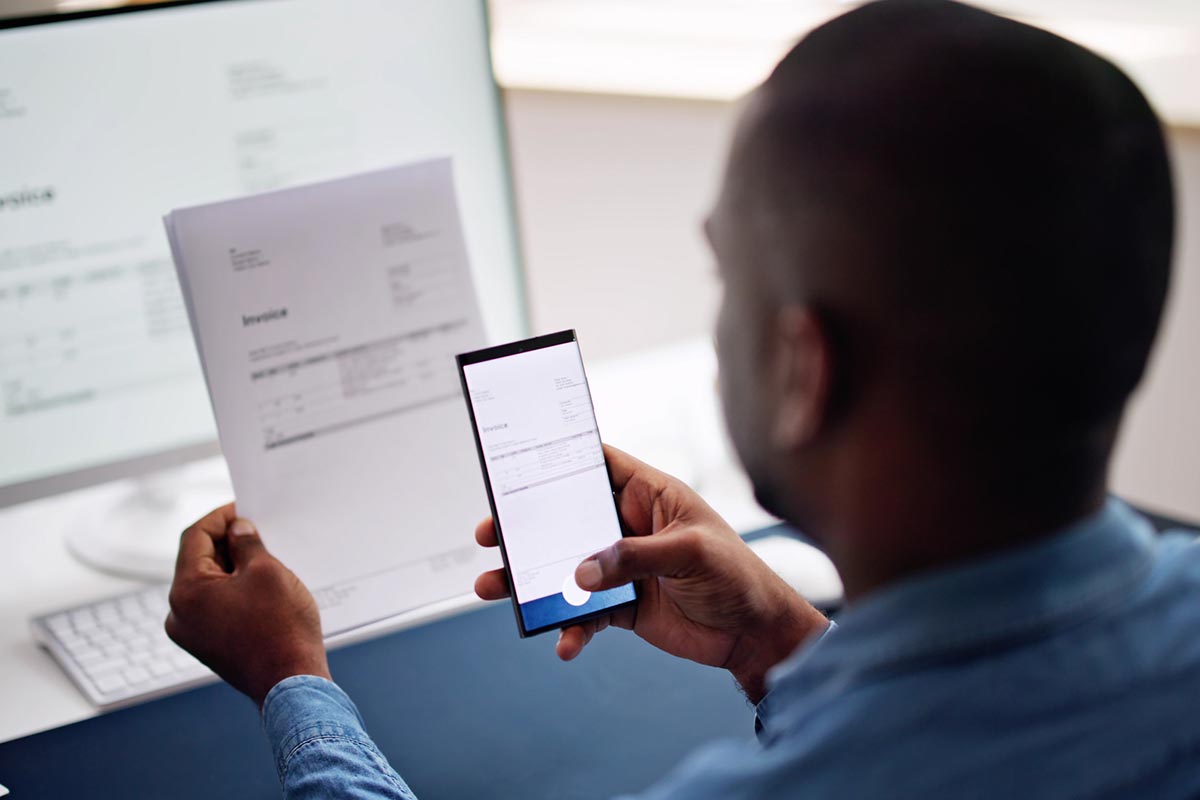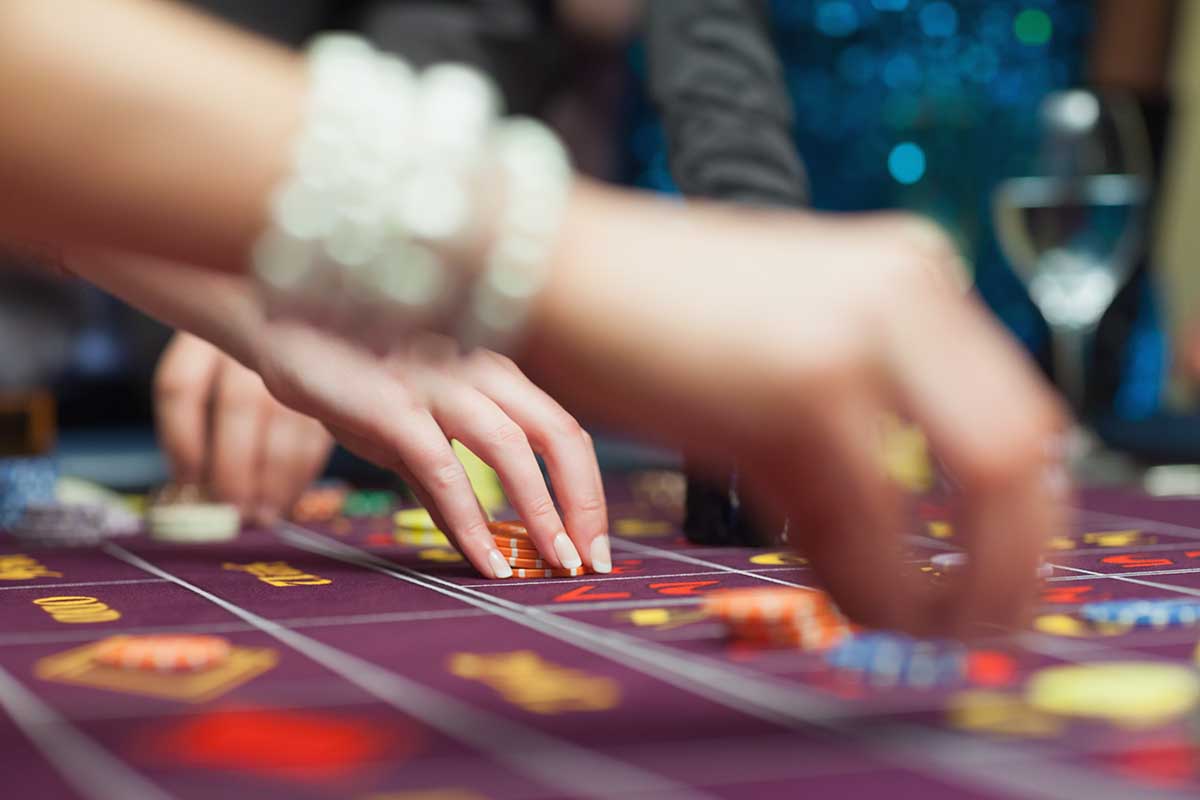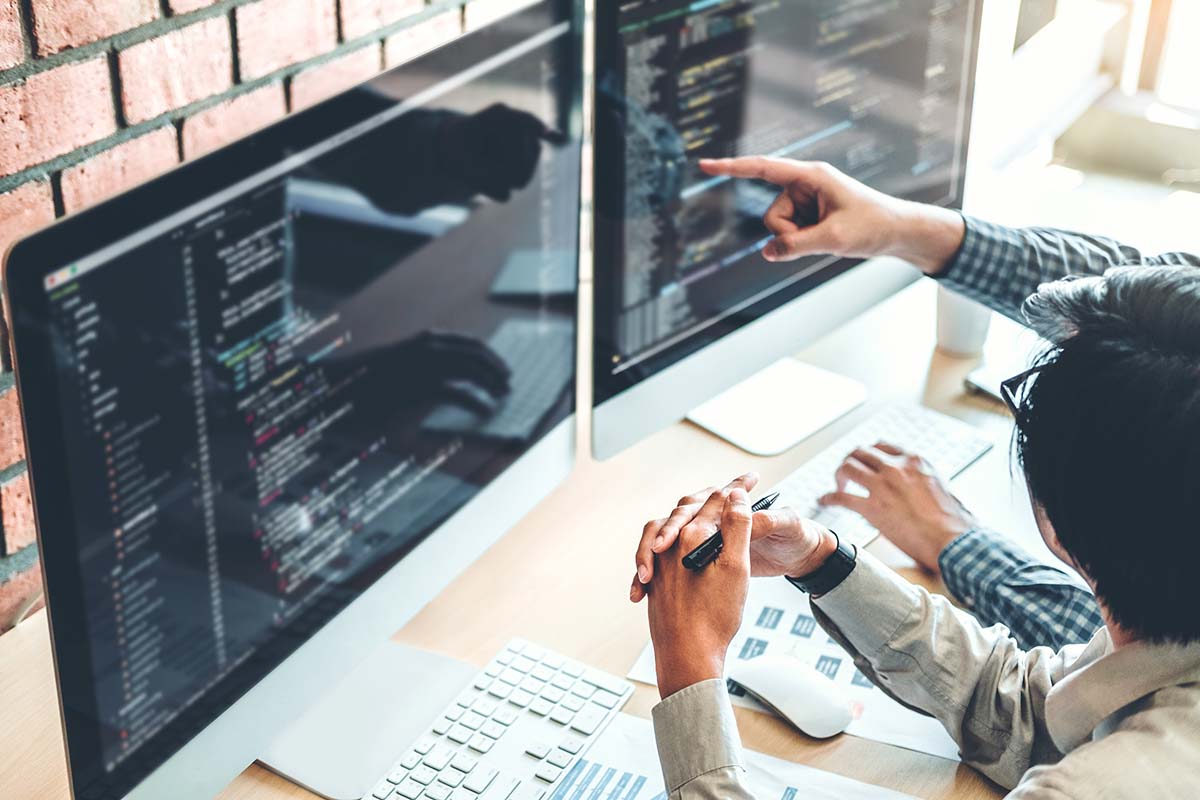The advancements in Optical Character Recognition, better known as OCR, have been nothing short of revolutionary. In the digital age, where everything seems to evolve at lightning speed, OCR stands out as a beacon of progress. Let’s dive deeper into what the coming times might hold for this game-changing technology.
The Future of OCR: The Evolution of OCR Technology
Remember when OCR was just a tool to transform the printed word into digital format? Those days seem far behind us. Today, with the digital era taking over almost every aspect of our lives, OCR’s importance and utility have multiplied manifold.
Modern OCR isn’t just about reading printed texts anymore. It now spans various platforms, recognizing text from diverse sources — whether it’s a classic-printed novel, an instruction board, or someone’s handwritten diary. The progress is palpable, and thinking about what’s next is exhilarating.
Deep Learning and OCR
Enter the world of deep learning — a domain that’s making traditional OCR systems look like child’s play. While the older systems depended on pre-set rules to identify characters, deep learning changed the game. It’s like teaching the system to think and learn.
By tapping into neural networks, the latest OCR tools are not just recognizing characters; they’re understanding contexts. They can tell apart characters that look confusingly similar and have started making sense of even the most convoluted handwriting. This has led to an image to text converter that is precise and quick.
Expansion into Multilingual OCR Systems
Language barriers seem almost archaic in a world that’s growing closer every day. The previous OCR systems were, for the most part, designed with English in mind. But as our world becomes more interconnected, it’s only logical for OCR to be as multilingual as our global population.
Soon, we might see systems that can effortlessly process multiple languages. Whether it’s the romantic Latin scripts or the more intricate designs of Mandarin or Arabic, OCR is set to become a universal tool.
Augmented Reality (AR) and OCR
Now, combine the magic of Augmented Reality with the efficiency of OCR. What do you get? A future where you can point your device at a foreign menu and see it translated instantly. It’s no longer science fiction; it’s the reality we’re heading towards.
Such amalgamations can redefine industries, from tourism to academia. Imagine students learning history by pointing their devices at artifacts and getting an instant rundown. The implications are vast and exciting.
Real-time Processing and Instant Data Capture
In today’s fast-paced world, waiting is a luxury few can afford. This rings especially true for businesses. The OCR tools of tomorrow understand this urgency. Hence, they’re moving towards delivering real-time results.
We’re already seeing the dawn of apps that can capture and digitize data on the fly, especially in fields like banking and health. Mobile banking, with features like instant check deposits using cameras, stands as a testament to OCR’s real-time prowess.
Improved Data Security and Privacy
While offering numerous conveniences, the digital age also brings forth concerns over data privacy. Since OCR often deals with confidential information, ensuring its safety becomes paramount.
The future might see OCR tools embedded with superior encryption methods. Moreover, a decentralized approach, where data processing occurs on the user’s device itself, might become the norm, offering enhanced privacy.
Conclusion
OCR’s journey so far has been incredible, and its trajectory suggests even more remarkable developments ahead. From the integration of deep learning to collaborations with AR, the future of OCR promises to reshape our interaction with the written word. As the line between the digital and physical worlds continues to blur, OCR will undoubtedly play a pivotal role in bridging the gap.
Q&A: What’s Ahead for OCR Technology?
Can you briefly describe the original purpose of OCR systems?
Sure thing! At their core, traditional OCR systems were crafted to change printed words into a digital format. They worked mainly with printed material to digitize it.
In what way has deep learning elevated the world of OCR?
With deep learning, OCR systems can essentially “learn on the job”, going beyond basic pre-programmed instructions. Through neural networks, these tools grasp contexts, differentiate characters that appear alike, and can even read challenging handwriting, leading to faster and more accurate results.
Why are people now discussing OCR systems that can work with multiple languages?
Our world is getting smaller and more connected every day. Because of this, tools that eliminate language barriers are in demand. Hence, OCR is heading in a direction that can cater to multiple languages, from European scripts to more complex ones like Chinese or Arabic.
What do we get when combining Augmented Reality (AR) with OCR?
Mixing AR with OCR is like giving users a magic lens. Imagine reading a foreign menu and understanding it instantly, or students learning about artifacts in real time. It’s an integration that can transform various sectors’ operations, adding an interactive layer to information.
Why is OCR’s ability to process data instantly a big deal?
Time is of the essence in today’s world. Instant data processing, like what OCR offers, can enhance user experiences, especially in sectors like finance and healthcare. It’s all about efficiency and meeting user needs swiftly.
Given the digital age’s risks, how is OCR planning to ensure data remains safe?
It’s a valid concern, considering OCR often deals with sensitive info. The next-gen OCR tools will likely pack advanced security features, maybe even encryption. And there’s talk about a decentralized approach – processing data right on the user’s device, giving an added layer of privacy.
How does OCR plan to bridge the gap between the tangible and digital worlds?
As digital and physical continue to intertwine, OCR’s role becomes even more vital. It’s gearing up to be the link that connects both, evolving our interaction with text and making the crossover between the two realms seamless.




















